Optimize your facilities during the pandemic with a Zero Square Foot Master Plan - by Robert Reid

Like most of us, if you are a college or university administrator, you can say that 2020 was a bad year.
Without even considering the coronavirus, you were facing challenges. Just before the year began, in December of 2019, NPR reported that college enrollment had declined for the eighth straight year, with 250,000 fewer people beginning a college education than the previous year. Against that backdrop, in the New York Times, Moody’s Analytics predicted that the number of colleges closing annually in the U.S. would soon increase from 11 to 15.
Then, once the virus became a pandemic, not only were you stuck meeting the challenges of keeping campus operations running (most likely virtually, but with an eye toward reopening in fall of 2020), you were probably wondering if your enrollment would take another hit. Though it wasn’t as bad as some had feared, the numbers from this fall confirmed that it did: According to the Chronicle of Higher Education, undergraduate enrollment was down 2.5% through September 10 of this year compared to last year, with declines at community colleges (7.5%) and private, non-profit four-year colleges (3.8%) being particularly severe.
It has been a bad year, and some of you undoubtedly find yourself in a crisis. But there is an opportunity in crisis to focus on long-term interests, even while you struggle to survive. The virus has strained operations and is responsible for a further decline in enrollment; in its chaos, though, it has also created an environment in which all aspects of your institution can be re-evaluated, perhaps making it easier to evolve to meet changing needs. Strategic thinkers will embrace this opportunity and move forward aggressively with plans to emerge from 2020 as a more flexible, efficient institution that is fully aligned with its users’ needs.
Your facilities are an obvious place to start. Many administrators believe that their facilities are being utilized effectively, while others know that they have facility shortcomings but don’t believe a solution is possible and ask students, faculty and staff to adapt to substandard conditions. In our experience, we have found that neither assumption is usually true, nor do they produce well-functioning campuses. Aligning facilities with user needs requires an understanding of the spaces and the occupants. One way to accomplish this is through a Zero Square Foot Master Plan.
What is a Zero Square Foot Master Plan? It is a process in which we rejuvenate campuses by focusing on how existing spaces are used now and how they could be used more effectively in the future. We reveal great opportunities from users and examine buildings and grounds to identify which spaces could be used more effectively, which spaces could be used in unexpected, creative ways and what needs to be done to make those changes. Developing a Zero Square Foot Master Plan produces conversation, analysis and creativity, all while keeping in mind the long-term cost savings that result when institutions intentionally plan their campuses. Crucial to these uncertain economic times, we do it with the understanding that major construction projects are off the table, and any campus transformations would be done without adding a single square foot of new construction to your existing portfolio.
We can find overcrowded spaces on campus where multiple groups attempt to hold functions simultaneously and develop a plan to shift some of that programming to underutilized areas. We also might find that a building is not being used often enough to justify the required maintenance, and the prudent thing would be to take it offline. Or, if you’re considering adding a new academic program to attract students, but don’t think your facilities can support it, this unique process can reveal that you are not actually at capacity and have options for further programming.
We can also identify and capitalize on the COVID-related trends that might become permanent features of higher education, including:
- Reduced and/or modified residential needs;
- Repurposed libraries serving as a catalyst for campus change;
- Fewer requirements for administrative functions to be located permanently on campus;
- Faculty office models changing to a “hoteling” approach;
- Increased reliance on technology and remote interconnectivity;
- Changing modes for providing critical socialization;
- Growing integration with the business community (opportunities to rent space to local businesses or incubators, have students do on-campus internships or other collaborations).
Though there are different applications, the process is always based on collaboration. We ask questions, we listen and then ask pertinent follow-up questions to get to answers that drive bold yet thoughtful decision making. This client-centered approach is not only effective, it allows for early buy-in from key stakeholders, meaning the project can generate the necessary momentum.
The resulting Zero Square Foot Master Plan allows administrators to position facilities to respond to current challenges and whatever comes next while still conserving resources. It’s one way to take positive steps toward the future even during a crisis.
Robert Reid, AIA LEED AP is with Spiezle Architectural Group, Hamilton, N.J.
Habitat, Duvernay + Brooks and Buffalo Municipal Housing close on 254-unit first phase redev. of Marine Drive Apts.

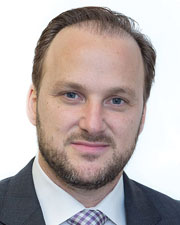
Strategies for turning around COVID-distressed properties - by Carmelo Milio
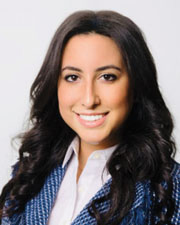


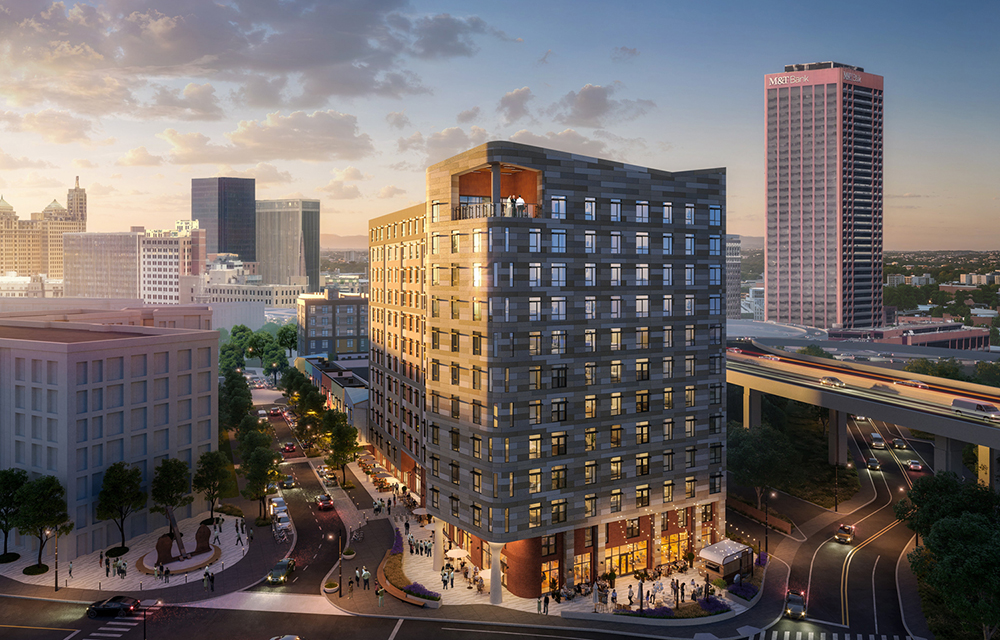
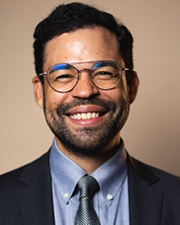

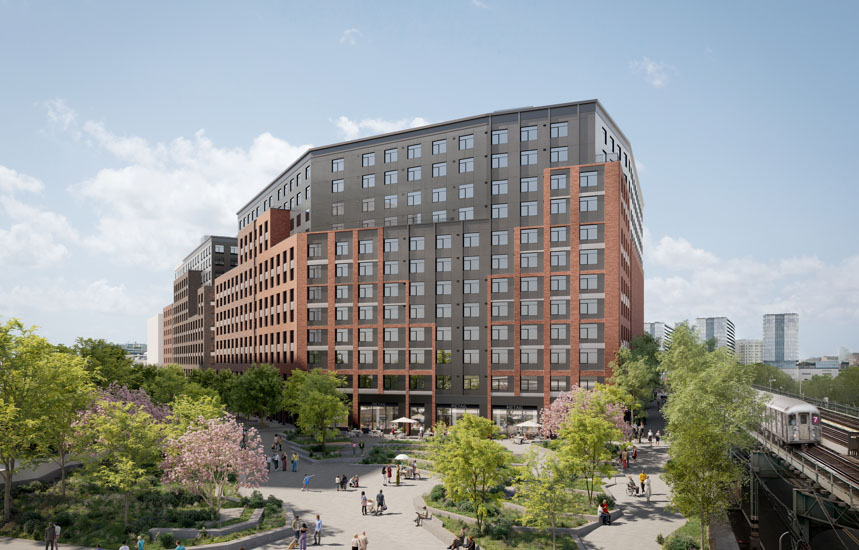

.gif)


.jpg)
.gif)